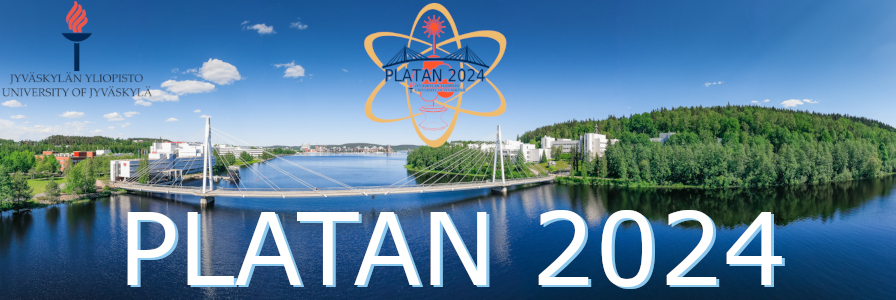Description
Resonance ionization spectroscopy And Purification Traps for Optimized spectRoscopy (RAPTOR) [1] project is an experimental setup at the IGISOL facility in the Accelerator Laboratory of the University of Jyväskylä. RAPTOR combines the two most common methods for laser spectroscopy used at radioactive ion beam facilities: collinear laser spectroscopy and in-source laser-resonance ionization spectroscopy. Exploitation of the high selectivity of resonance laser ionization, the high efficiency of ion detection, and the high resolution achieved via fast beams, has proven to be a fruitful combination for optical spectroscopy. This technique, collinear resonance ionization spectroscopy (CRIS) [2], was pioneered in the past decade at the ISOLDE facility at CERN.
While the conventional collinear laser spectroscopy and CRIS methods exploit the kinematic compression of Doppler-broadening effects with beam energies of 30-60 keV, the RAPTOR device employs lower beam energies of 2-10 keV. Although this leads to lower spectral resolution, it improves the efficiency and selectivity of the charge-exchange process. Thus, measurements requiring high efficiency, particularly complex d and f atomic shell systems and refractory isotopes, are uniquely suitable for RAPTOR. In addition to laser spectroscopy, RAPTOR will provide isomerically purified ion beams to the JYFLTRAP double Penning trap - allowing high-precision mass measurements of states independent of energy separation, and post-trap assisted spectroscopy.
This contribution presents the status of RAPTOR, along with a recent redesign of the beamline and ion optical simulations. The commissioning results will be presented and compared to CRIS spectral linewidths and efficiencies.
[1] S. Kujanpää et al., "RAPTOR: a new collinear laser ionization spectroscopy and laser-radiofrequency double-resonance experiment at the IGISOL facility", NIM B, 541 (2023) 388-391
[2] A. Vernon et al., "Optimising the Collinear Resonance Ionisation Spectroscopy (CRIS) experiment at CERN-ISOLDE", NIM B, 463 (2019)

